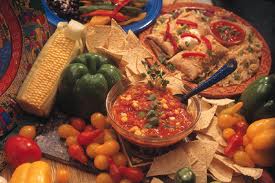EARTH University students are passionate about affecting societal change and improving conditions in their home countries and the tropics through their knowledge and leadership — like recent graduate Pierre Paul Audate, who advises small growers in Haiti.Calling all banana and pineapple fans — this is an opportunity you don’t want to miss! We’re teaming up with EARTH University to give our customers a chance to win a trip to Costa Rica to visit EARTH University’s lush campus in Guácimo, Limón. Five winners will embark on a seven-day Costa Rican adventure. No purchase necessary! Just visit our contest page to enter by September 30th.
Whole Foods Market started selling fresh EARTH University bananas in 2007, then added their fresh pineapples, and were excited to begin offering the new frozen EARTH University Pineapple Chunks and EARTH University Banana Chunks in early 2011. The sales of EARTH University fresh and frozen fruits help fund scholarships, and finance research and investment in organic and sustainable agriculture. (Try our collection of tasty recipes featuring EARTH University pineapples and bananas.)
All of Whole Foods Market’s EARTH University offerings are part of our Whole Trade® Guarantee, which ensures fair prices are paid for products, better wages and working conditions for growers and sound environmental practices.





